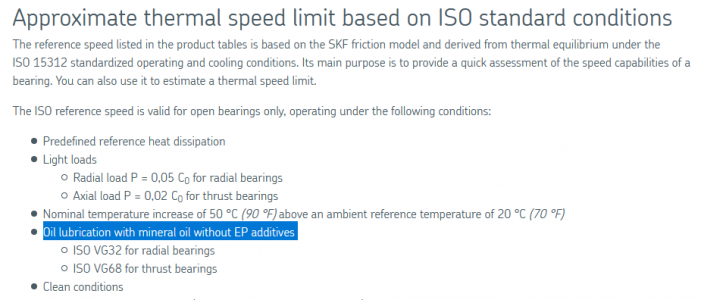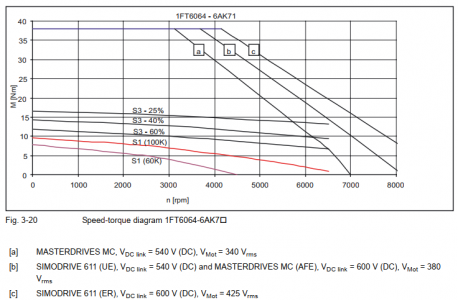- Joined
- Mar 26, 2018
- Messages
- 2,724
Sorry to hear that - bummer.I replaced my spindle bearings this weekend with SKF 32005X/Q and 32007X/Q tapered roller bearings. The larger of the two bearings has a reference speed of 8500 and a maximum of 10,000. Using Kluber isoflex nbu-15 grease, I'm unable to run the spindle at 8000rpm comfortably. During the break in period, temps shot up very quickly within the first 5 minutes running at 8000rpm (upwards of 95C). 7000rpm seemed OK - I ran it for 45mins and temps leveled out around 80-85C. I tried playing around with the pre-load and did not see any different results.
Throughout this thread it's been mentioned that 10,000rpm would be the desired top end for our hobby cnc's. Unfortunately, I can confidently say you wouldn't be able to run at those speeds with the top of the line SKF tapered bearings. This might push me down the road of investigating alternative bearings or lubrication methods. On the plus side, I'm measuring between .0001"-.00015" of runout on the R8 taper with these new bearings.
Does anyone know how tormach pulls off 10,000rpm? As far as I'm aware, they don't even use an oil drip feed to the spindle bearings. Maybe angular contacts would improve top speed figures, but you risk increasing total runout. Another option is a new spindle cartridge rated to higher rpms as Spumco has mentioned, but I'm not really interested in heading down that path.
Out of curiosity, how much grease did you add to each bearing? How did you measure it out and pack it?



